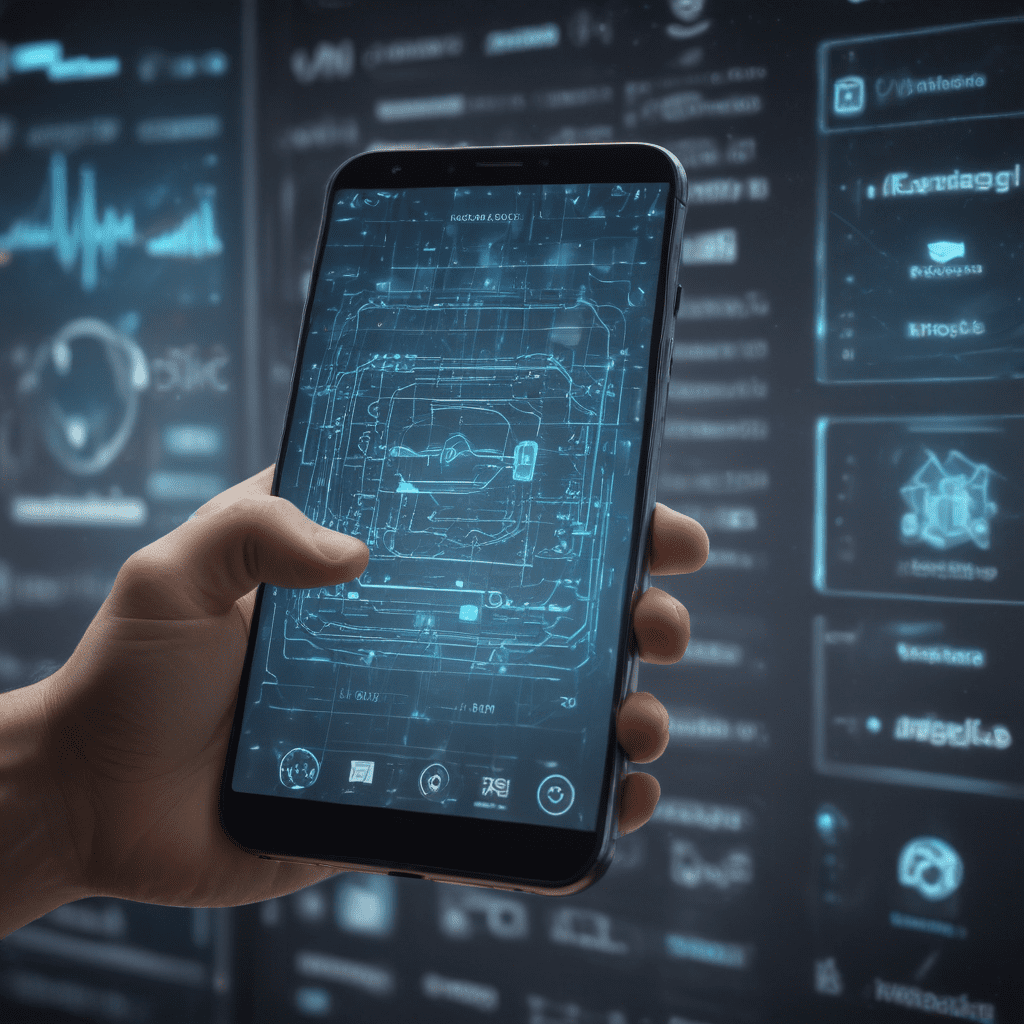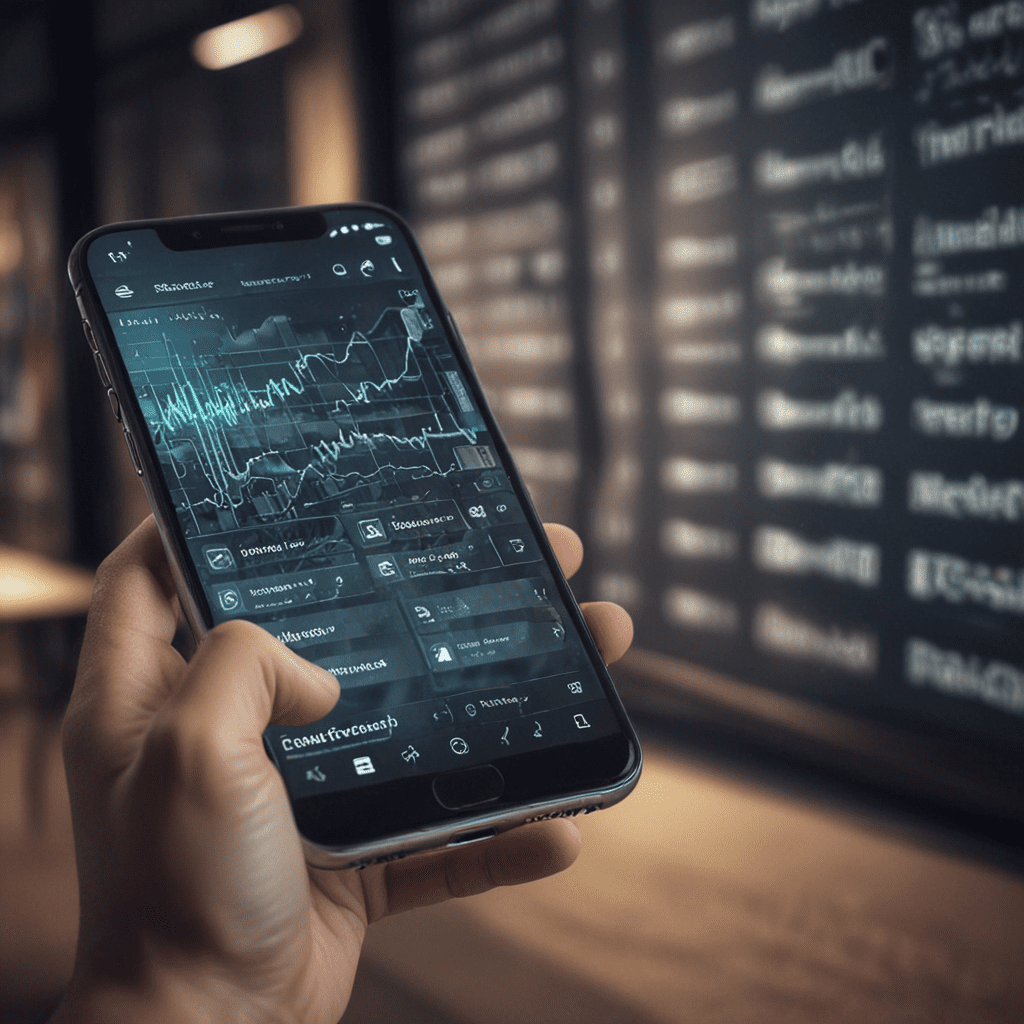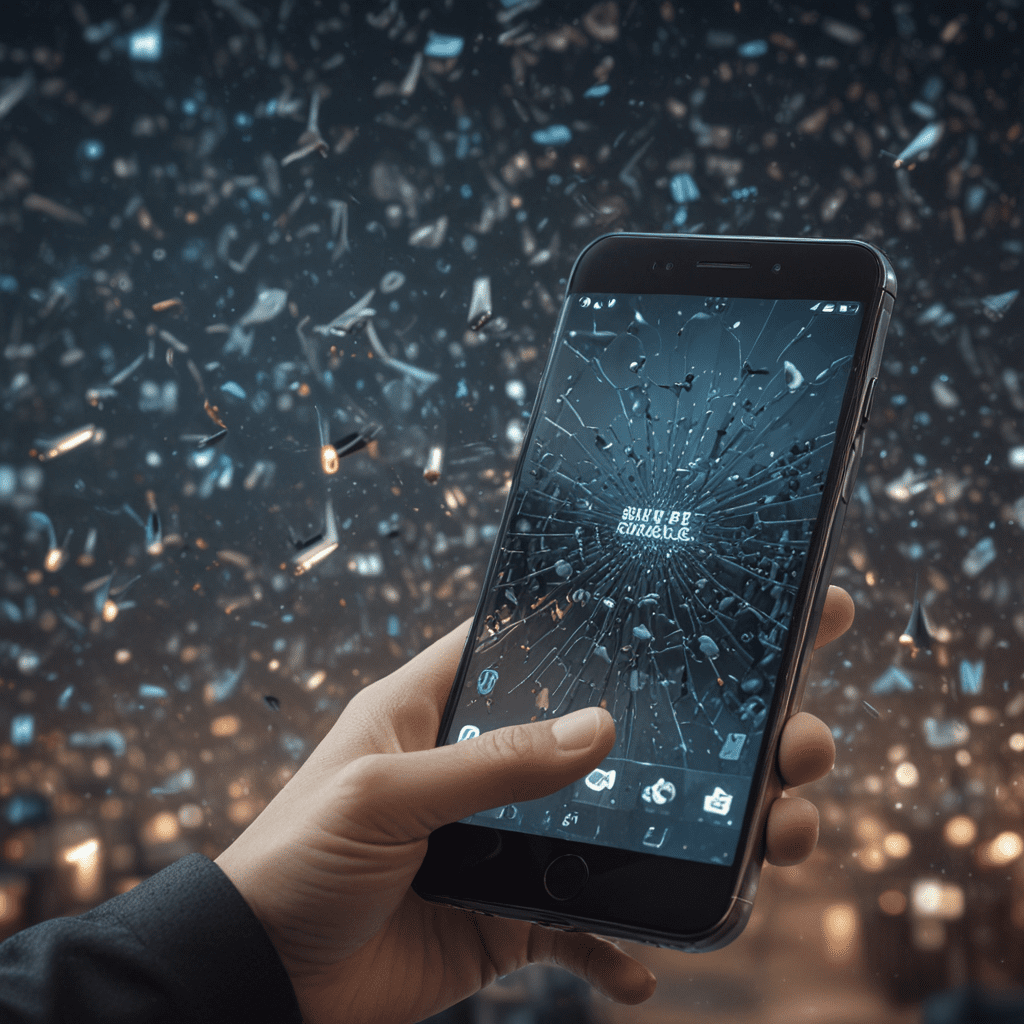
The Future of Mobile App Development: Holographic Display Integration
1. Introduction
Mobile applications are transforming the way we live, work, and play. The rise of augmented reality (AR) and virtual reality (VR) is further fueling this transformation, and the latest development in this field is the integration of holographic displays into mobile apps. Holographic displays offer a unique and immersive experience that can enhance user engagement, increase productivity, and open up new possibilities for entertainment and gaming.
2. Holographic Display Technology
Holographic displays create three-dimensional images that appear to float in space. This is achieved by using specialized display technology, such as diffractive optical elements (DOEs) or spatial light modulators (SLMs). DOEs diffract light to create the illusion of depth, while SLMs modulate light to create holographic images that can change in real-time.
3. Benefits of Holographic Displays in Mobile Apps
Holographic displays offer several benefits for mobile apps:
- Enhanced User Engagement and Immersion: Holographic displays create a more immersive experience than traditional screens, allowing users to interact with virtual objects as if they were real.
- Increased Productivity and Efficiency: Holographic displays can provide users with hands-free access to information and tools, improving productivity in tasks such as design, engineering, and education.
- New Possibilities for Entertainment and Gaming: Holographic displays can bring entertainment and gaming to a whole new level, enabling users to interact with virtual worlds and characters in a more realistic way.
4. Challenges in Holographic Display Integration
Integrating holographic displays into mobile apps also poses challenges:
- Computational Power and Performance Constraints: Holographic displays require significant computational power to render holographic images in real-time, which can strain the capabilities of mobile devices.
- Power Consumption and Battery Life Limitations: Holographic displays consume more power than traditional screens, potentially reducing the battery life of mobile devices.
- Display Size and Field of View Restrictions: The physical size of holographic displays and the limited field of view can affect the user experience and immersion.
Case Studies and Early Adoptions
Several companies have already begun to explore the integration of holographic displays into mobile apps. In 2021, Samsung released a smartphone prototype with a holographic display that allowed users to interact with 3D objects in augmented reality. Other companies, such as Looking Glass Factory and Leia, have developed holographic display modules that can be attached to smartphones.
Standards and Regulations
As the holographic display industry continues to grow, the need for standardization and regulation becomes increasingly important. Industry initiatives, such as the Holographic Display Forum, are working to develop common standards for holographic displays, including specifications for display resolution, field of view, and color gamut. Safety and ethical considerations, such as eye strain and visual discomfort, are also being addressed.
The Role of AI and Machine Learning
Artificial intelligence (AI) and machine learning (ML) can significantly enhance the capabilities of holographic displays in mobile apps. AI-powered image recognition and tracking can improve the accuracy and responsiveness of holographic interactions. ML algorithms can optimize display performance, reducing latency and improving image quality.
Future Trends and Innovations
The future of holographic display integration in mobile apps is bright. Advancements in display technology, AI algorithms, and cloud computing will drive the development of more compact, efficient, and immersive holographic displays. New applications will emerge across various industries, revolutionizing entertainment, education, healthcare, and more.
Conclusion
The integration of holographic displays into mobile apps has the potential to transform the way we interact with technology and experience the world around us. By embracing the challenges and leveraging the opportunities, developers can create innovative and immersive mobile experiences that enhance our lives and push the boundaries of what's possible.
FAQs
Q: When will holographic displays become mainstream in mobile apps?
A: The timeline for widespread adoption of holographic displays in mobile apps depends on factors such as technological advancements, cost, and consumer acceptance. However, it's expected to become more prevalent in the coming years.
Q: Are holographic displays safe for my eyes?
A: Safety standards are being developed to ensure that holographic displays are safe for use. Current research suggests that holographic displays do not pose a significant risk to eye health, but prolonged use should be monitored.
Q: How can I get started with developing holographic apps?
A: Developers interested in exploring holographic display integration can refer to resources provided by industry organizations such as the Holographic Display Forum and companies offering holographic display modules.


